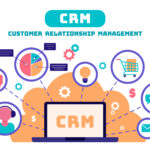Sales and marketing teams often work side by side, but they don’t always see eye to eye—especially when it comes to leads. If you’re in marketing, you’ve probably spent a lot of time generating leads only to hear your sales team complain: “These leads are terrible!” or “They’re not ready to buy.” Sound familiar?
This disconnect not only impacts team morale but also hurts your company’s revenue. If your sales team doesn’t trust the leads you’re giving them, they won’t follow up properly. And when they don’t follow up, your hard-earned marketing budget goes to waste.
So, why do sales teams hate your leads, and more importantly, how can you fix it? Let’s dive deep into the root causes, practical solutions, and long-term strategies to create alignment between marketing and sales—and ultimately, generate better results.
Table of Contents
The Marketing-Sales Disconnect: An Age-Old Rivalry
Marketing teams pride themselves on lead generation—gathering contacts through content, social media, webinars, and PPC campaigns. But if these leads don’t convert, the finger-pointing starts.
Sales will argue the leads are unqualified. Marketing will counter that sales isn’t doing enough follow-up. This blame game damages the company’s growth and culture.
According to a report by HubSpot, only 28% of salespeople say their marketing team delivers sales-ready leads, while Marketing Sherpa found that 61% of B2B marketers send all leads directly to sales, even though only 27% are actually qualified.
👉 Key takeaway: The problem isn’t a lack of leads. It’s the lack of qualified leads.
What Makes a “Bad Lead” in the Eyes of Sales?
To fix the problem, you need to understand the frustration from the sales team’s perspective.
Here are some common complaints:
-
The lead isn’t in the right industry or job title.
-
The lead has no buying authority.
-
The lead was just looking for a free resource.
-
The lead wasn’t followed up with fast enough.
-
The contact information was incorrect or outdated.
In short, a “bad lead” is one that wastes time and drains resources.
Misaligned Definitions of Lead Quality
Sales and marketing often have different criteria for what makes a lead “qualified.”
For example:
-
Marketing might consider someone who downloads an eBook a lead.
-
Sales might not consider that person a lead until they request a demo or pricing.
This misalignment stems from a lack of shared definitions—like what qualifies as a Marketing Qualified Lead (MQL) or Sales Qualified Lead (SQL).
🛠️ Solution: Develop a Lead Qualification Matrix together. Define lead stages clearly and agree on what actions qualify someone to be passed to sales.
Lead Scoring Systems Gone Wrong
Many companies use lead scoring models to prioritize outreach. But if the scoring is too simplistic or not regularly updated, it backfires.
Common scoring mistakes:
-
Giving too much weight to form completions
-
Not factoring in demographic or firmographic data
-
Ignoring buying signals like repeat visits or content consumption
To improve your lead scoring, combine behavioral data (pages visited, content downloaded) with profile data (job title, company size).
📚 Recommended tool: HubSpot Lead Scoring
Lack of Context and Lead Intelligence
Imagine a salesperson opens a CRM record with just a name, email, and phone number. There’s no context about what the lead downloaded, read, or engaged with. They have to start the conversation from scratch.
That’s a problem.
Sales teams need more context to make their outreach personal and effective.
Provide insights like:
-
Last page visited
-
Webinar attendance
-
Email open history
-
Pain points or comments
🔍 Solution: Integrate your marketing automation platform with your CRM, so all lead intelligence flows automatically.
Timing Is Everything: The Lead Response Gap
Studies show that 78% of customers buy from the first responder. Yet many sales teams don’t follow up for hours or days.
This delay can make even the best lead go cold.
In a report by InsideSales, companies that contacted a lead within 5 minutes were 100x more likely to make contact than those who waited 30 minutes.
💡 Fix: Use automated lead routing and real-time notifications to cut down response time.
Tools like:
Can ensure the lead gets immediate attention.
Sales Enablement: Are You Equipping Sales for Success?
If your sales team doesn’t have the right content or tools to engage leads, they’ll struggle—even with qualified contacts.
You need to ask:
-
Do they have email templates, case studies, and pitch decks?
-
Are they trained on new product features or updates?
-
Is marketing creating personalized content for different buyer personas?
📈 Tip: Build a sales enablement hub with all the necessary resources and keep it updated regularly.
Explore platforms like:
Bridging the Gap: How to Align Marketing and Sales
The ultimate goal is Sales and Marketing Alignment (SMarketing).
Here’s how to get there:
-
Hold regular joint meetings. Weekly or biweekly alignment meetings ensure both teams stay updated.
-
Agree on KPIs. Work on shared metrics like lead-to-opportunity conversion rate.
-
Use SLAs. Define Service Level Agreements for lead quality and follow-up time.
-
Feedback loop. Create a system where sales can rate and comment on lead quality.
-
Celebrate shared wins. When a marketing campaign leads to closed deals, celebrate together.
When both teams are on the same page, the company wins.
Leveraging Technology: CRM and Automation Tools
CRM and automation tools can bridge the communication gap and eliminate friction.
Here are the essentials:
| Tool | Purpose |
|---|---|
| HubSpot | All-in-one CRM + marketing automation |
| Salesforce | Enterprise-grade CRM with automation |
| Marketo | Lead nurturing and campaign management |
| Outreach | Sales engagement platform |
| Drift | Conversational marketing and chatbots |
| Zapier | Automation between apps |
Use these tools to:
-
Track lead behavior
-
Send automated alerts to sales
-
Assign leads based on criteria
-
Monitor response times
Case Studies: Brands That Fixed Their Lead Problem
1. Slack
Slack used behavioral triggers to score leads based on how teams interacted with their platform during the free trial phase. This made their sales outreach more personalized and effective.
2. Zendesk
By aligning their SDRs with marketing through daily syncs and detailed SLAs, Zendesk reduced lead leakage and boosted MQL to SQL conversion by 35%.
3. Monday.com
Monday introduced automated lead segmentation based on geography and industry, helping sales focus on high-intent leads. The result? A 40% lift in close rates.
Conclusion: From Friction to Fuel
Sales teams don’t hate leads just to be difficult—they hate wasting time. And often, marketing teams aren’t trying to sabotage sales—they’re doing their best with limited data or tools.
To move forward, both teams need to:
-
Agree on what a good lead looks like
-
Set up shared goals and communication loops
-
Leverage technology to make handoffs seamless
When marketing and sales unite, leads stop being a source of conflict and become the fuel for growth.














